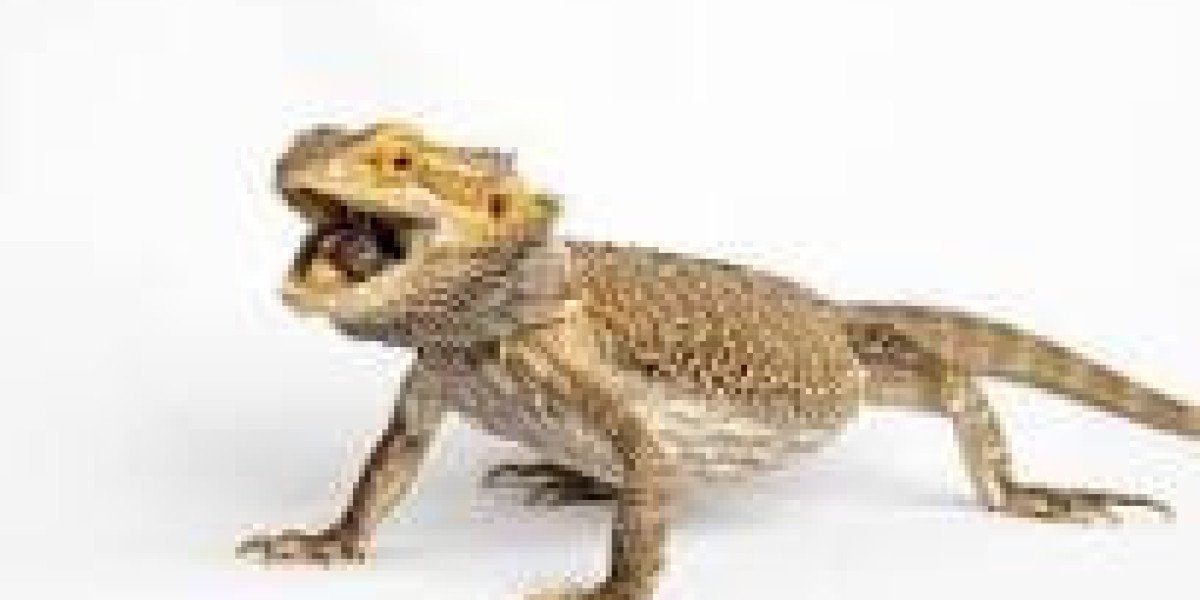Owning a bearded dragon comes with its own unique quirks, one of which is keeping an eye on their poop. Surprisingly, a bearded dragon’s bowel movements can tell you a lot about their health. In this article, we’ll cover everything you need to know about bearded dragon poop—from what’s normal to signs of illness.
1. What Does Normal Bearded Dragon Poop Look Like?
Healthy bearded dragon poop typically consists of two parts:
- The solid part (stool): This should be brown or dark brown in color and have a firm but moist consistency.
- The urate (urine): Reptiles excrete uric acid instead of liquid urine, so you’ll see a white or pale yellow part next to the stool. The urate should be soft but not runny or overly hard.
2. Frequency: How Often Do Bearded Dragons Poop?
The frequency of bowel movements depends on factors like the dragon’s age, diet, and temperature:
- Babies and Juveniles (0-6 months): They can poop daily due to their fast metabolism.
- Sub-Adults (6-12 months): Expect bowel movements every 1-3 days.
- Adults (12 months and older): Adults may poop once a week, though those on a diet rich in vegetables may go more frequently.
3. Factors That Influence Bearded Dragon Poop
- Diet: A bearded dragon’s diet heavily influences its stool. Diets high in protein (like insects) can make stools more solid, while a high vegetable diet may result in softer stools.
- Hydration: Dehydration can cause hard, chalky urates, while overhydration can lead to diarrhea.
- Temperature and UVB Exposure: If your bearded dragon’s tank is too cold or lacks proper UVB lighting, it can slow digestion and lead to constipation.
4. What Does Abnormal Poop Look Like?
Changes in a bearded dragon’s poop can be a sign of stress, illness, or dietary issues. Here’s what to watch out for:
- Green Poop: Often caused by a diet rich in leafy greens or from consuming food coloring in commercial diets. However, if accompanied by lethargy or other signs of illness, it could indicate a parasitic infection or liver issue.
- Runny/Watery Poop (Diarrhea): This can be due to too much water in the diet (e.g., watery vegetables) or a more serious issue like parasites or a bacterial infection. It’s best to consult a vet if diarrhea persists.
- Yellow Urate: This could indicate dehydration or an overabundance of vitamins like calcium. Ensure your dragon is well-hydrated and that you’re using supplements in moderation.
- Red or Bloody Poop: Blood in the stool is a serious issue. It may result from intestinal parasites, impaction, or internal injury. A vet visit is critical if you notice blood.
- Black Poop: If your dragon has recently eaten a lot of dark-colored foods, this might explain black stools. However, it could also point to impaction or internal bleeding.
5. Common Poop Problems in Bearded Dragons
Constipation: If your dragon hasn’t pooped in over a week, it could be constipated. Causes include dehydration, low temperatures, or a poor diet. A warm bath and gentle massage of the lower belly can help stimulate bowel movements.
Impaction: This is a serious condition where your bearded dragon is unable to pass stool due to a blockage, often caused by eating substrates like sand, large insects, or other indigestible items. Symptoms include lethargy, loss of appetite, and lack of bowel movements. Immediate veterinary attention is needed.
Parasites: Parasites like coccidia and pinworms are common in reptiles and can cause runny, foul-smelling poop. A fecal exam from your vet can diagnose and treat the issue with medication.
6. How to Collect and Analyze Bearded Dragon Poop
Fecal Exams: It’s a good idea to have your bearded dragon’s poop tested for parasites once or twice a year, especially if you notice abnormal behavior or stool.
Collecting Samples: If your vet needs a sample, collect fresh poop and store it in a plastic bag or airtight container. It’s best to take it to the vet within 24 hours to ensure accurate results.
7. Hydration and Diet Tips for Healthy Poop
Water: Make sure your bearded dragon has access to fresh, clean water at all times. Some dragons prefer to drink from a shallow dish, while others may only drink during misting or bath time.
Proper Diet: Feed your dragon a balanced diet of insects (like crickets, dubia roaches, and mealworms) and vegetables (collard greens, squash, carrots). Avoid feeding them too much fruit, as it can lead to diarrhea.
8. When to See a Vet
If you notice significant changes in your bearded dragon’s poop or behavior, it’s important to seek veterinary advice. Warning signs that require immediate attention include:
- No bowel movement for more than a week
- Blood in the stool
- Persistent diarrhea
- Black, tar-like poop
- Drastic changes in urate color (e.g., orange or dark yellow)
Conclusion
While it might seem strange to keep track of your bearded dragon’s poop, it’s one of the most effective ways to monitor their health. By knowing what’s normal and what’s not, you can catch early signs of illness and ensure your dragon stays happy and healthy. Always consult a vet if you’re unsure, as their guidance is crucial in maintaining the well-being of your pet.







